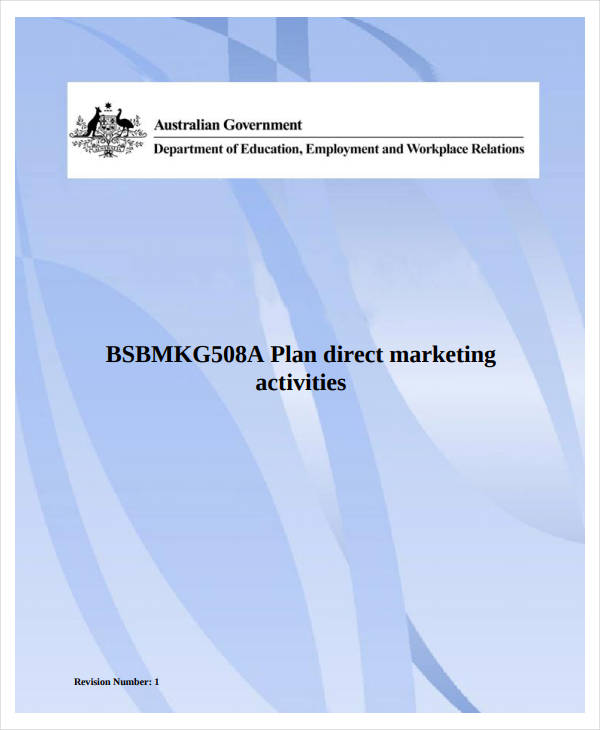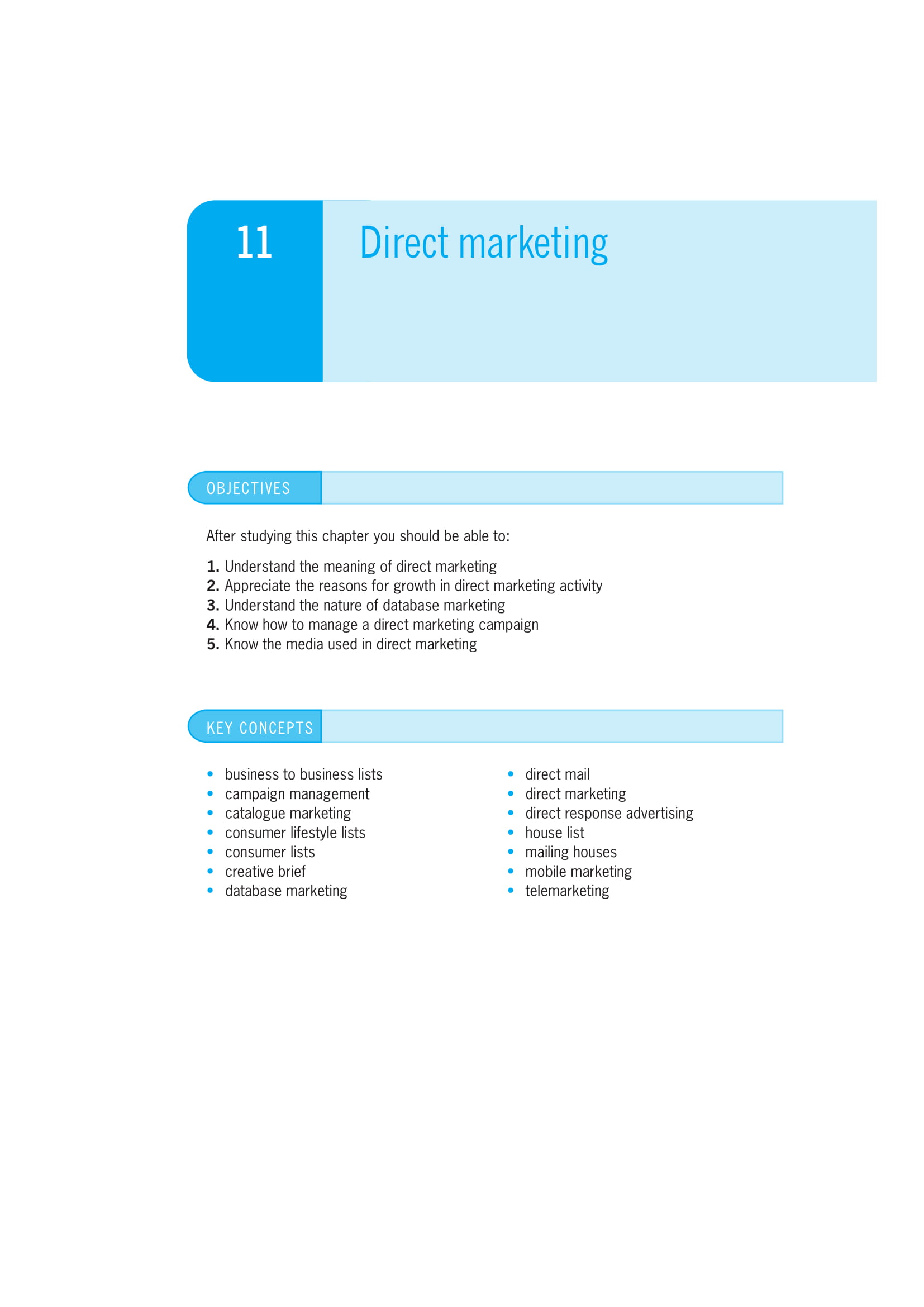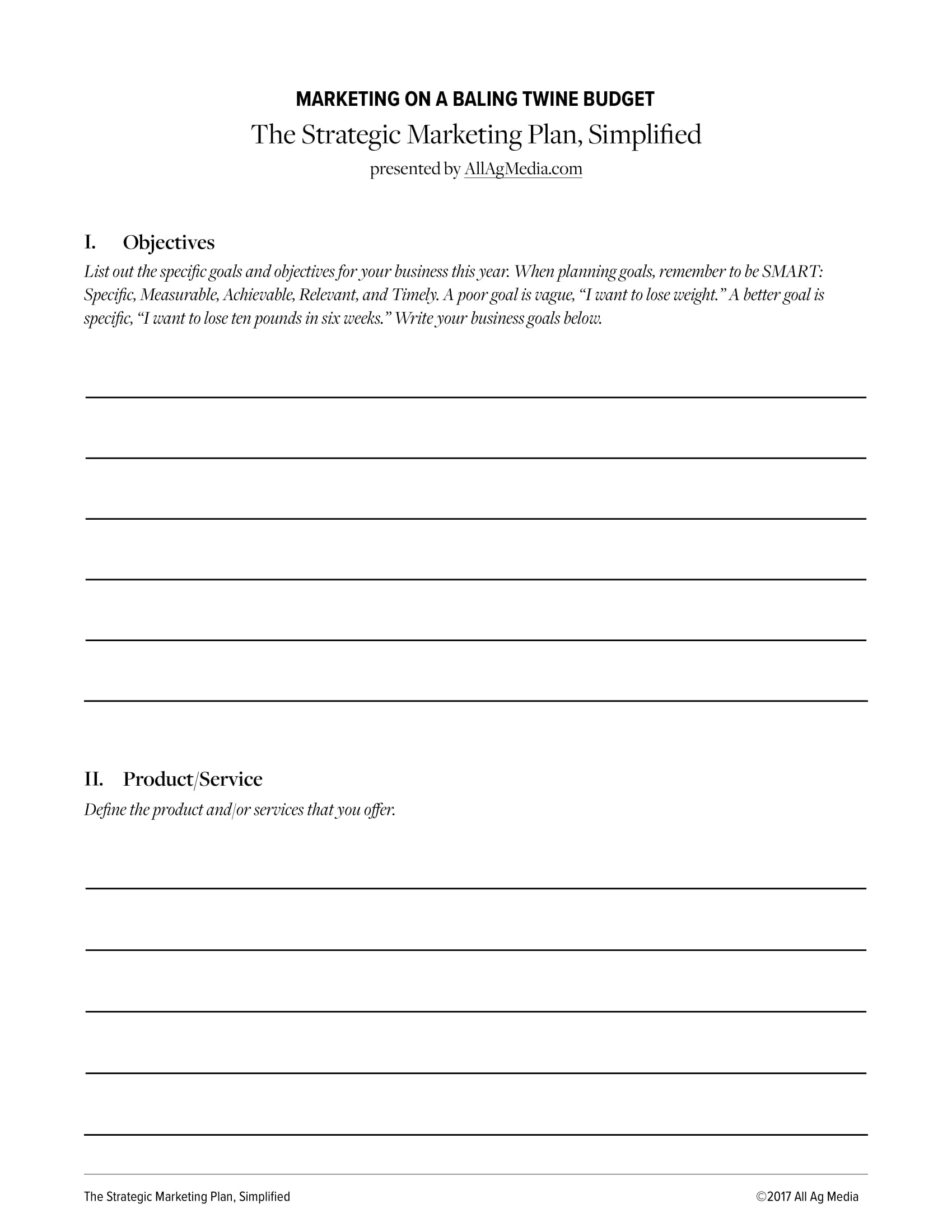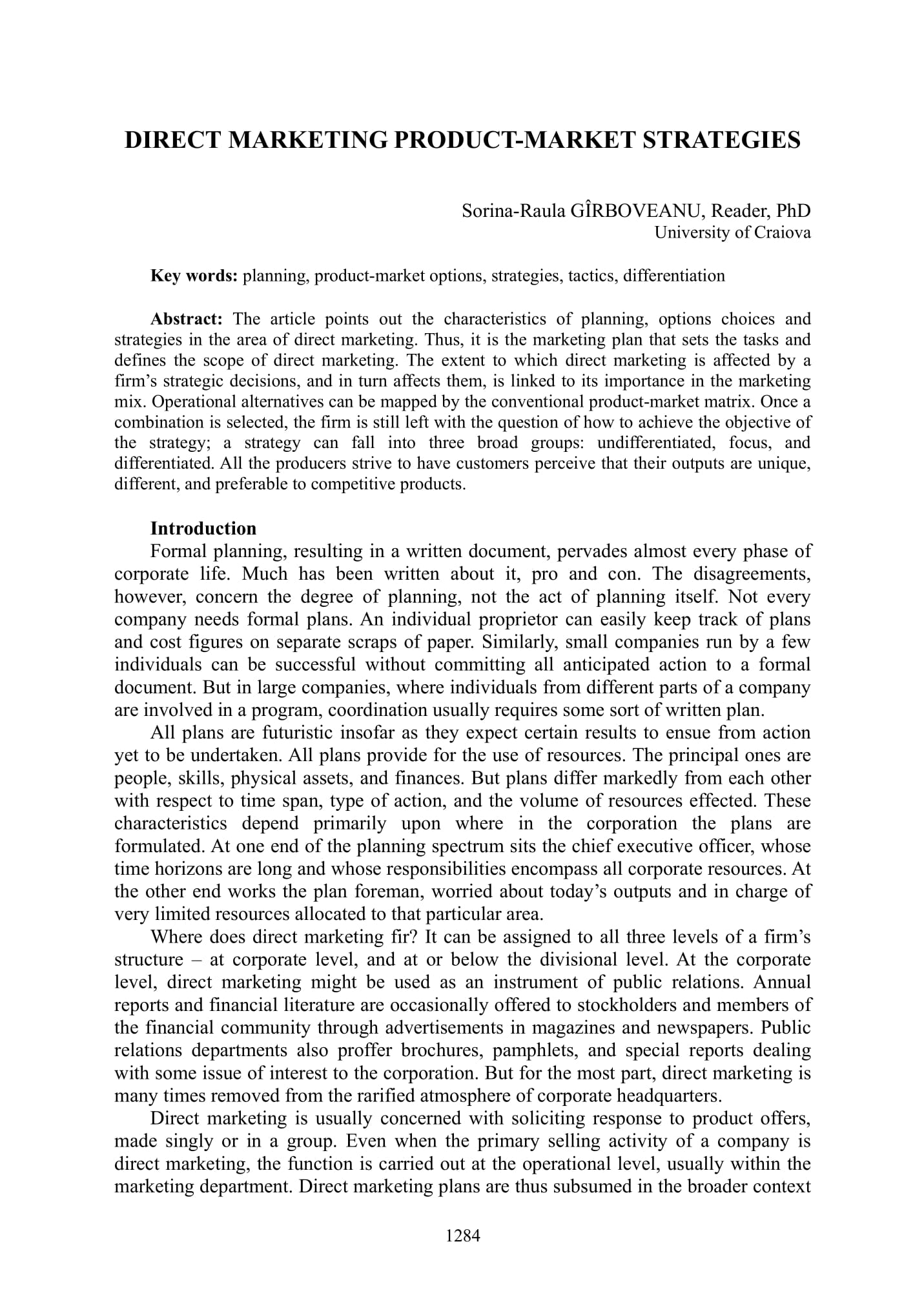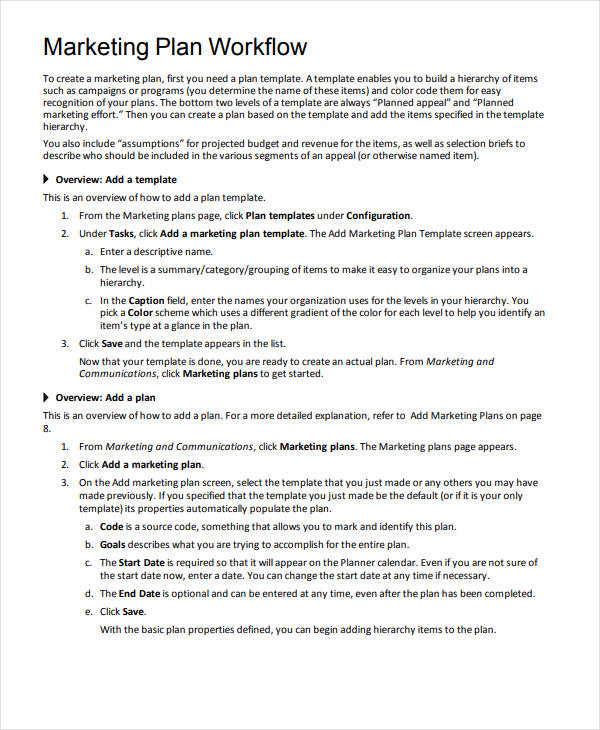9+ Direct Marketing Plan Examples to Download
Any successful business would know the true value of marketing. While there are many forms of marketing for companies to choose from, direct marketing is known to be one of the most effective options. Turning marketing into a science that everyone can understand is our main goal here, so in this article, we will discuss what you need to know about direct marketing and how you can develop the perfect direct marketing plan for your business to prosper.
- How to Write a Marketing Plan for a Business
- Systematic Steps for an Effective Startup Marketing Plan
Direct Marketing Plan Activities Example
Direct Marketing Plan for Products Example
Direct Marketing Plan for Startups Example
What Is Direct Marketing?
Direct marketing is a promotional method in which companies provide physical marketing materials to a selected group of consumers to communicate information about an offered product or service.
It is a targeted form of marketing that does not involve the use of an advertising middleman such as the Internet, television, or radio. Here, promotional efforts are done directly to consumers using a variety of means including postal mail, telemarketing, newsletters, brochures, catalogs, flyers, postcards, point of sale, and email marketing.
Companies with smaller advertising budgets typically utilize this type of marketing to gain a better connection with potential clients or customers. One thing to note about direct marketing is how it demands a consumer response that is measurable. For instance, if you offer a great discount for an online store, it is necessary to include some sort of cookie or pixel on the page to let users know they had already used the code. You may also see business marketing plan examples.
1. How it Works
Generally, direct marketing messages include a call to action that encourages recipients to respond through a reply card, a toll-free phone number, or by clicking a link in a promotional email.
The response garnered by the system allows the company to measure the effectiveness of their marketing campaign. But take note that direct marketing is most effective when companies start using a targeted list of prospects with the help of the marketing data available. This will help segment consumers into identifiable groups that are likely to be interested in a given product or service.
The downside of direct marketing is how it can clutter up people’s mail boxes and professional email inboxes with junk mail and spam when the company fails to apply it correctly. This is why many companies have began engaging in opt-in or permission marketing, where recipients do have the option to choose whether or not they would be interested in receiving newsletters from the company on a regular basis.
In such case, promotional efforts would usually depend on the communication channel that is most effective for a particular market. Say for example, a new electronics store may find more success in distributing business flyers around the block, while a new supermarket might prefer to send promotional coupons to residents of a nearby neighborhood instead.
2. The Goal
While many marketing techniques aim to increase brand awareness or to educate consumers about a brand’s product or service offers, with direct marketing, the sole goal is to persuade recipients to take immediate action.
Although the main goal is to make a sale, you can’t expect every customer to make a purchase right then and there. But just because some customers may not be ready to buy on the spot, it doesn’t mean your marketing efforts have gone to waste. You may also like marketing strategy plan examples.
Besides making a purchase, other possible customer responses include visiting a website, calling for more information, returning a postcard while requesting a quote, and entering their name and email address. With the responses gathered, you can easily turn these leads into buying consumers over time. You may also check out restaurant marketing plan examples.
Direct Marketing Plan Framework Example
Direct Marketing Plan Guidelines Example
Direct Marketing Plan Template
Direct Marketing Strategies Plan Example
The Benefits of Direct Marketing
We’ve already established how direct marketing gives you the opportunity to promote your company’s products or services directly to your target market instead of a mass audience, but there’s actually more to it.
These are some of the benefits that a good marketing campaign can bring to your brand:
1. To reach specific audience segments
The ability to reach your specific customer segments with personalized messages is one of the reasons why this type of marketing is highly preferred. If you want to be triumphant with your campaign, you must first invest a good amount of time and resources on market research to identify audiences that are most likely to convert and direct your efforts toward actions that really work. You may also see apartment marketing plan examples.
For example, the student council of Stanford University just announced that they are selling cashmere sweaters with the school’s logo imprinted on it.
Naturally, you would expect that only students, graduates, and their parents would be interested in owning the piece of clothing. By limiting the number of people who receives the announcement, the odds of reaching potential buyers would be increased and the manufacturer can save money on distribution costs. You may also like strategic marketing plan examples.
2. To optimize marketing budget
Addressing your promotional efforts to a specific audience allows you to set realistic and attainable professional goals to help improve sales, even on a tight budget. When running a small business, you have to make sure that your investments (marketing budget) are allocated wisely. By making strategic decisions with your campaign, you can obtain positive results with only a smaller percentage of the cost than that of traditional advertising.
3. To increase sales with former and current customers
In marketing, it’s not just about generating new sales opportunities, but it’s also about keeping your current customers satisfied and building bridges with old ones. This form of marketing lets you bring value to the relationships shared with current and former clients through direct communication. You may also check out personal marketing plan examples.
Keep in mind that it is also more cost-effective to market your goods to buyers who have already been identified as likely to buy than those who are uncertain about it.
4. To upgrade loyalty strategies
Unlike mass marketing, direct marketing allows you to customize your promotions, formal emails, and offers according to the interests of a particular market. Having direct contact with your prospects creates an undeniable bond that can make customers feel valued. You can even combine your direct marketing methods with your loyalty program to help maximize results.
5. To open new business opportunities
Operating in a fast-changing market can be a huge challenge for any business. This is why it’s important for a company to stay on top of the latest trends and respond to sudden market changes with strategic actions. Direct marketing allows you to do so by adapting to consumer demands and responding to these needs more effectively. You might be interested in integrated marketing plan examples.
6. To test and analyze results
Direct response campaigns make it a lot easier to directly measure your results. This will help you assess each outcome and make quick decisions in real time. This way, the likelihood of generating inaccurate results would be considerably low. You may also see event marketing plan examples.
Additionally, the success of a direct marketing campaign would also depend on how a company’s customer database is managed. This will help you classify consumers based on their interests and preferences to ensure that your marketing message is tailored specifically to their needs. Though maintaining an accurate database may be quite costly, the results are definitely worth every penny. You may also like annual marketing plan examples.
Efficient Direct Marketing Plan Example
Printable Direct Marketing Plan Example
Standard Direct Marketing Plan Example
Guidelines to Creating an Effective Direct Marketing Plan
As a business owner or marketer, the biggest mistake you can make is to carry on with a campaign without having a marketing plan in place. Spending your time and effort on marketing campaigns for the sake of “getting something out there” can be a complete waste of resources.
Though there are many effective marketing tools to make the most out of, going into it without a defined purpose is a recipe for disaster. There are many elements that need to be addressed before you can officially launch a campaign.
With that said, here are some key guidelines to incorporate into your plan:
1. Define success.
How do you define success?
Your marketing goals and objectives help set the tone for the whole campaign because of how explicitly states what you hope to accomplish. Having specific, measurable, attainable, realistic, and timely objectives (or SMART goals) will guide the company in making wise decisions with its endeavors.
As for your actual campaigns, determine what response rates are required from your chosen marketing channels or multichannel tests. You need to analyze the numbers generated from each campaign to see if they are truly helping your company succeed, slowing it down, or making no difference. You may also see marketing strategy business plan examples.
2. Describe products or services from a target user’s perspective.
Given that your customers and clients are the main reason why your business even exists, you need to take them into great consideration. Direct marketing, by nature, is meant to be an individual, one-to-one experience between a supplier and a consumer. Knowing this, you need to define your product or service offerings from the target market’s perspective. You may also like product marketing plan examples.
Is there a problem or need you wish to address with your product or service? If so, what benefits does it offer? You would also need to support these benefits using research or scientific evidence, testimonials, and other endorsements to show potential buyers what you are capable of. You may also check out email marketing plan examples.
3. Settle regulatory issues.
In certain cases, an advertising message must be approved by a governing body before you can officially launch the campaign. This is to prevent discriminative or offensive language from going on air and causing issues between specific groups. You might be interested in nonprofit marketing plan examples.
These regulatory limitations can often affect your marketing efforts, which is why it’s important to adapt to these changes accordingly. You need to stay as flexible as possible if you don’t want to go back to the old drawing board.
4. Review your promotional history.
What offers and promotional attempts have you tested? What results do you expect to get from repeat efforts? What are your means of tracking and evaluating these results?
Analyzing your past successes and mistakes offers you a glimpse of what to do and what not to do with your campaigns. It’s best to look back at campaigns from the last 12 to 24 months to gather more accurate and relevant data. You may also see affiliate marketing plan examples.
5. Infrastructure review.
How does your team manage inbound responses such as calls and online inquiries? Every single aspect of your selling process plays a part in your company’s growth. Hence, reviewing your selling process is vital for establishing profit-making changes and exploring new sales opportunities. You may also see social media marketing plan examples.
Keep in mind that unsatisfied customers don’t think twice about leaving and seeking for better opportunities with competitors. For you to develop strong relationships with consumers, make sure you have enough sales people and customer representatives to address their needs. Your new marketing efforts should produce better feedback; otherwise, you may have to rethink your marketing strategies.
6. Study the competitive environment.
Performing a SWOT analysis provides you with crucial insights on your strengths and weaknesses to better understand your top competitors.
Take a good look at your fiercest competitors. Analyze their marketing efforts and learn from their successes and failures. What are they doing differently? How are they promoting their products or services? What are the loopholes in their system? See how you can surpass their efforts to gain a greater standing in the marketplace. You may also see real estate marketing plan examples.
Remember, strategic planning and preparation are the keys to success for direct marketers. It’s about communicating a personal message to a specific group of consumers who are likely to buy your products or services. With the help of these guidelines and examples, you can create the perfect direct marketing plan for your business in no time!



